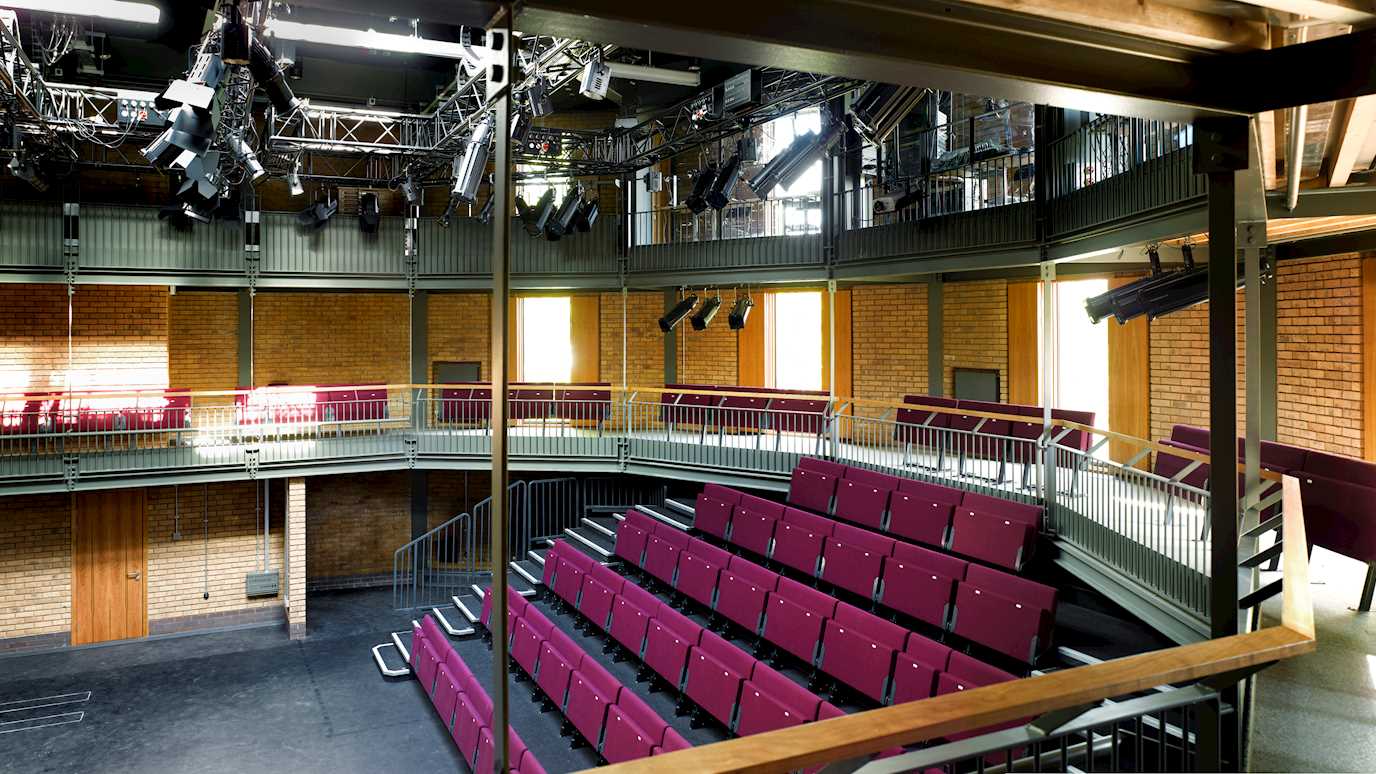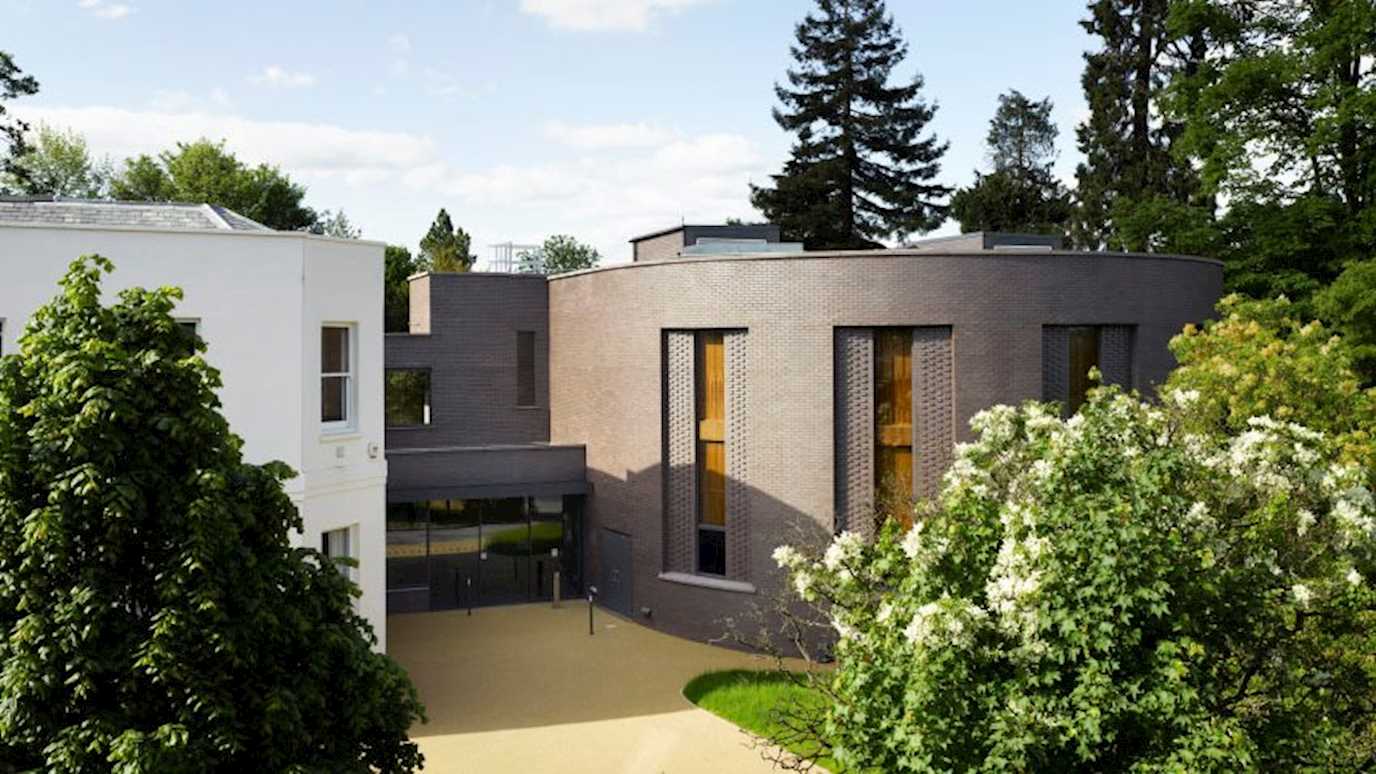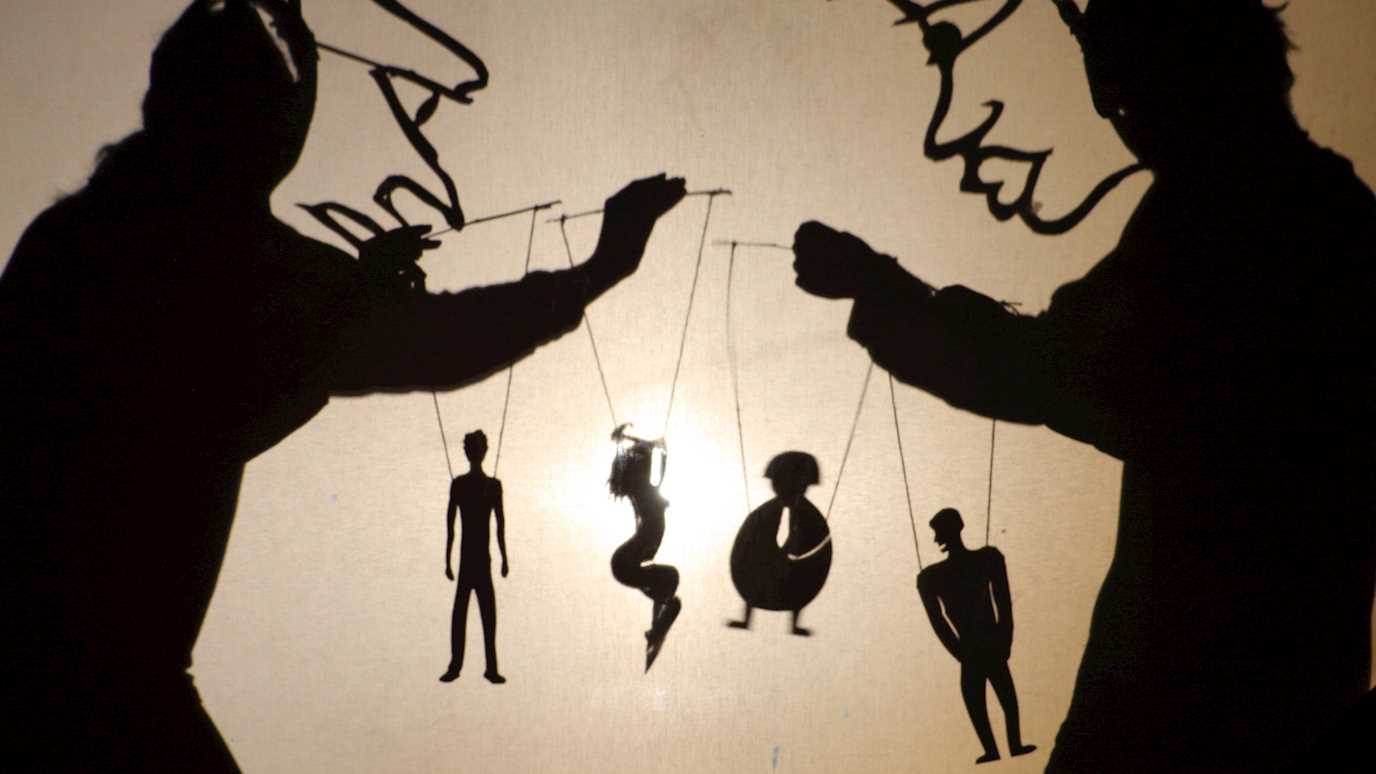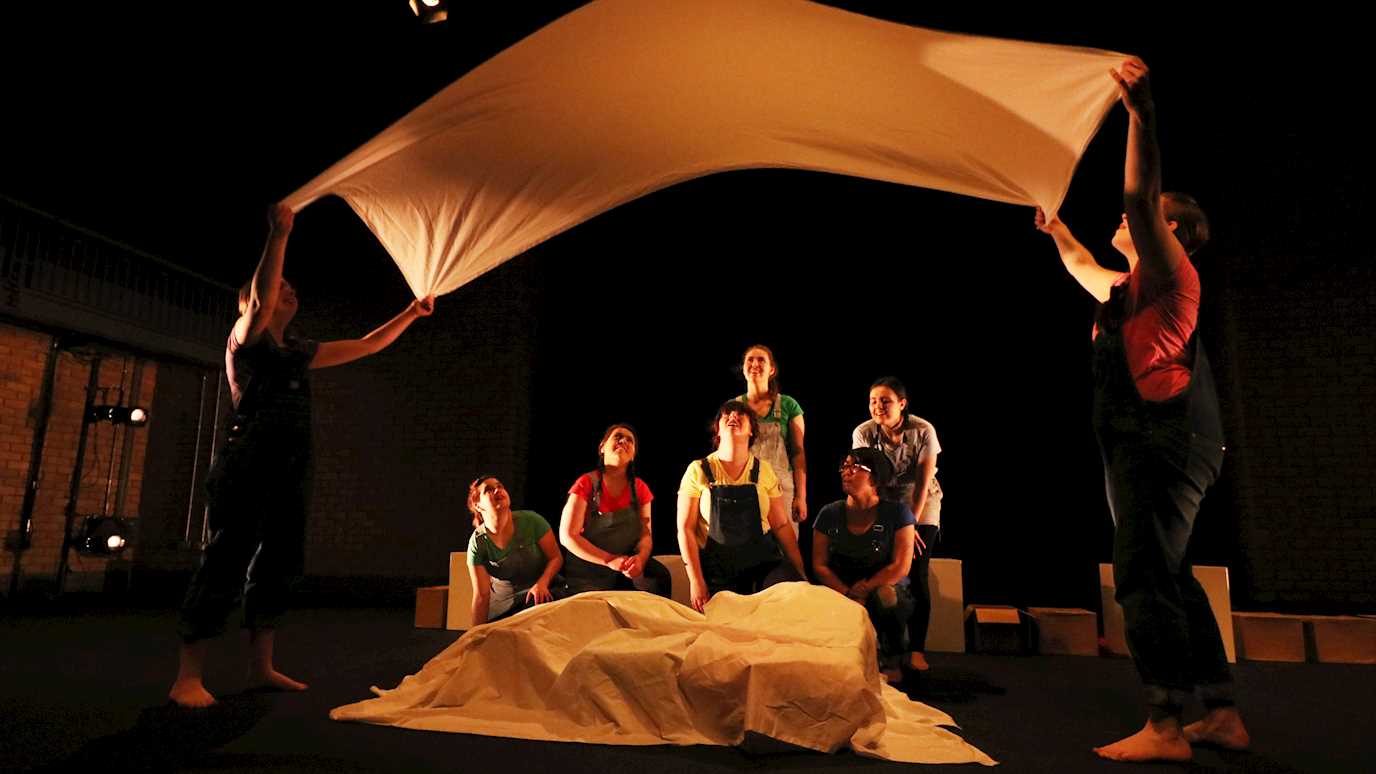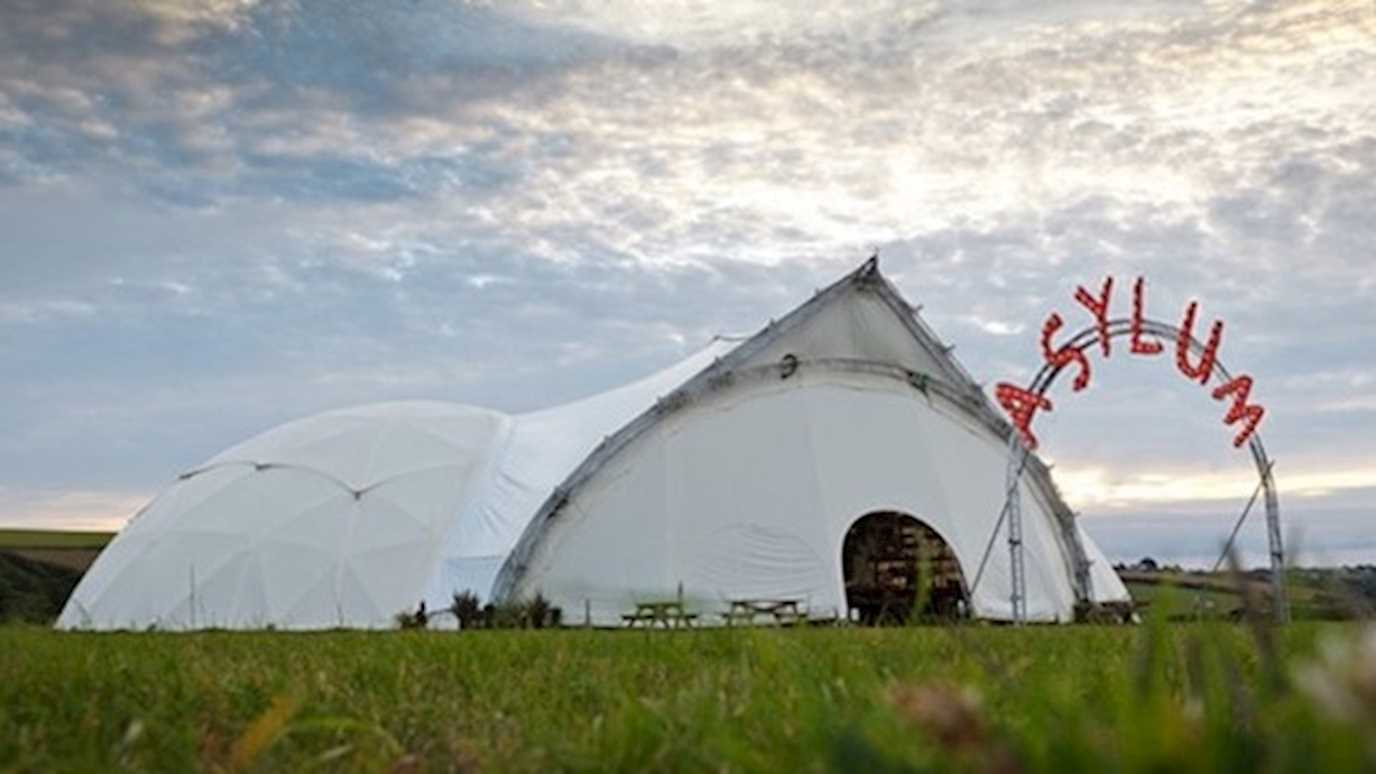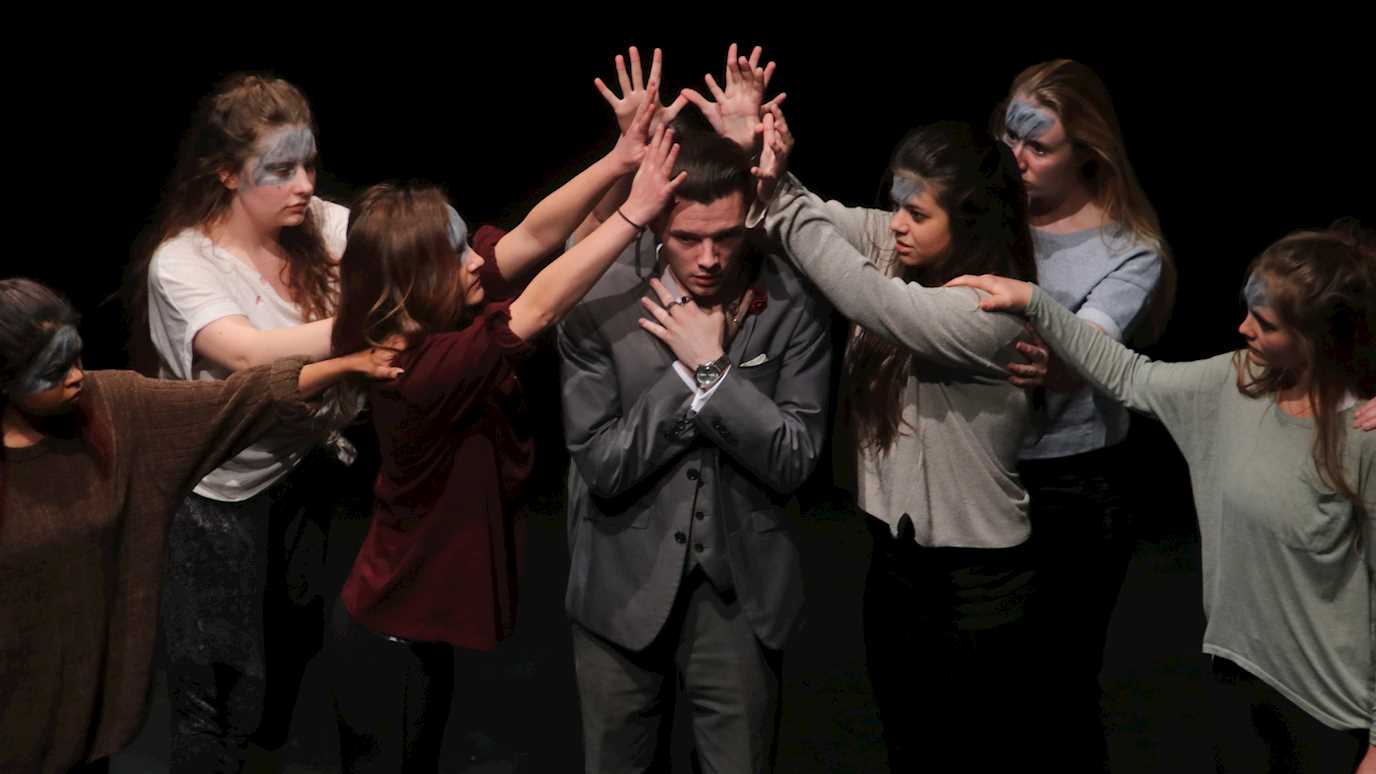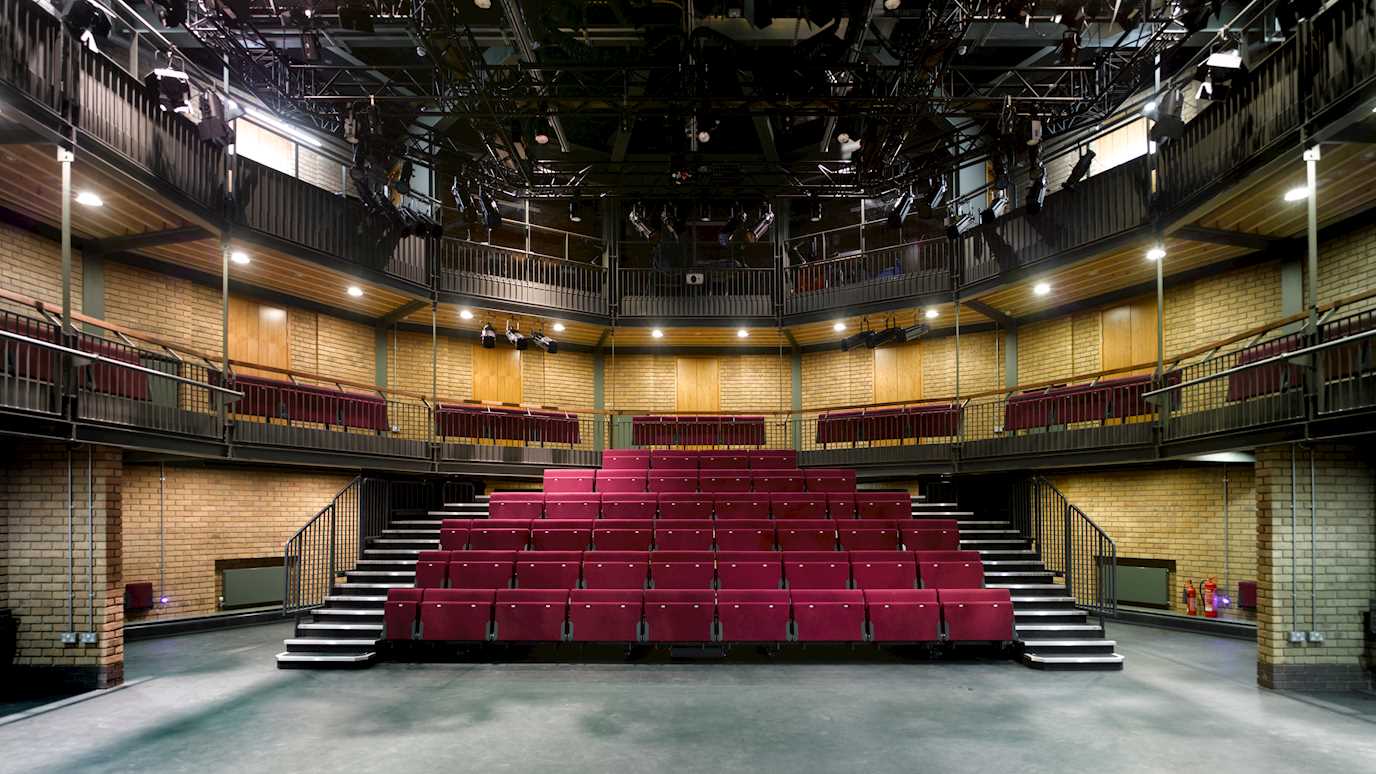(Re)imagining Nora was a day-conference, organised by the Centre for Contemporary British Theatre, held at the Young Vic on 15 February 2020, exploring the influence of Henrik Ibsen’s A Doll’s House and the hundreds of alternative versions to which it has given rise – the sequels, parodies, answer-plays, transpositions, alternative versions. Planned to coincide with Stef Smith’s Nora, then running at the Young Vic, which splinters the action of the play across the last hundred years, the day brought together academics and practitioners to reflect on the legacy of Ibsen’s play and its transformations.
The event an interdisciplinary in focus, drawing on staff across Departments at Royal Holloway: Dan Rebellato (Drama) organised and ran the whole day and there were contributions by Anne Varty (English) and Jane Hamlett (History). Extracts from eight of the the rewrites (from Ibsen’s own amended ending in 1880 to Lucas Hnath’s A Doll’s House, Part 2 in 2017), performed by two Drama students, Lucy Doig and Ethan Chappell-Mason.
The day also brought together academics and practitioners: the opening keynote was given by Professor Tore Rem of the University of Oslo, looking at the particular forces that enabled a figure from the ‘cultural periphery’ like Ibsen to become a world author; there were contributions from Helen Grime (Winchester), Gill Sutherland (Cambridge), Liyang Xia (Centre for Ibsen Studies, Oslo), considering Ibsen’s mid-twentieth century reception, the legal and social position of women in Britain in which Ibsen’s play appeared, and the play’s reception in China over 100 years. There was also a panel of theatre makers, including the playwright Sam Adamson who wrote new English versions of A Doll’s House and Little Eyolf, as well as Wife (Kiln, 2019), which imagines the impact of A Doll’s House on successive generations of the same family; we were also happy to welcome two Noras: Hattie Morahan from the 2013 Young Vic revival, in a version by Simon Stephens, directed by Carrie Cracknell, and Anjana Vasan, who played ‘Niru’, in a version by Tanika Gupta, in which the action of the play is transposed to colonial India in 1879.
The event was co-sponsored by the Bedford Centre for the History of Women and Gender and the Centre for Victorian Studies. It was co-funded by RHUL’s Humanities and Arts Research Institute and Norwegian Literature Abroad. It was a great collaboration between Departments across the Campus and between Royal Holloway and the Young Vic and an excellent example of bringing academics and theatre makers together to share their knowledge, experience and enthusiasms, before a large and engaged audience.
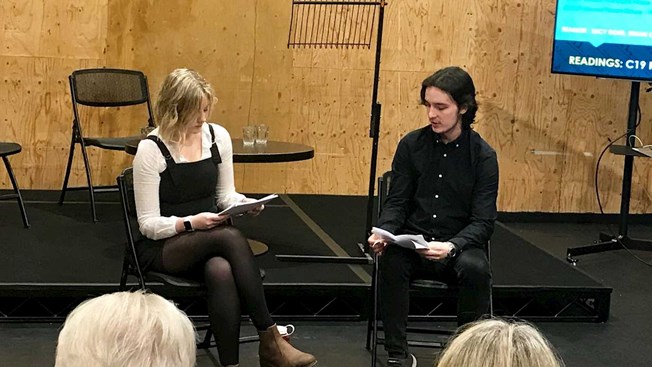
Lucy Doig and Ethan Chappell-Mason reading from Henry Arthur Jones and Henry Herman’s Breaking a Butterfly (1884).
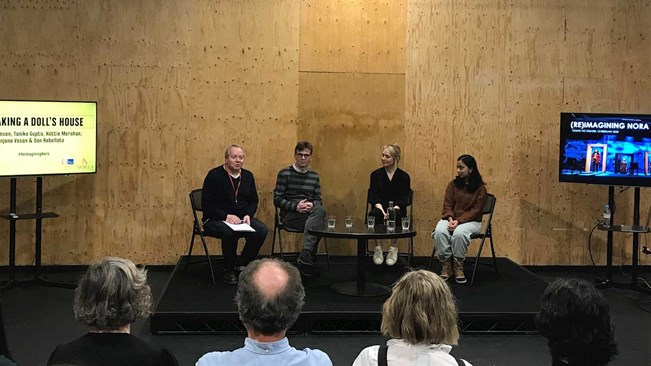
L-R Dan Rebellato,. Sam Adamson, Hattie Morahan, and Anjana Vasan discussing their experiences of reviving and reworking Ibsen’s play.
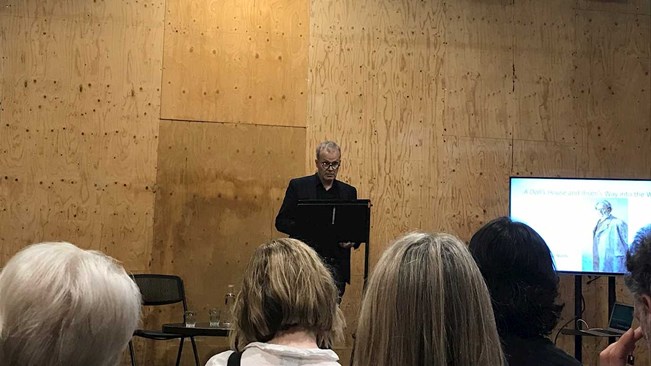
Professor Tore Rem’s keynote ‘A Doll’s House and Ibsen’s Way Into World Drama’.
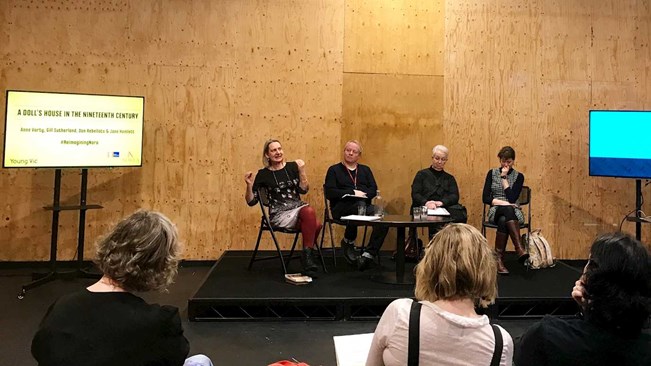
L-R Anne Varty, Dan Rebellato, Gill Sutherland, and Jane Hamlett.










